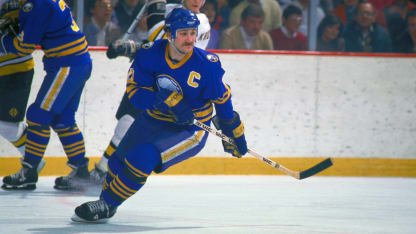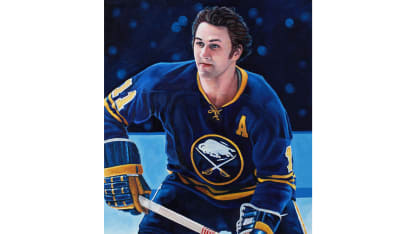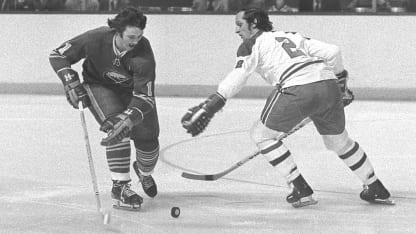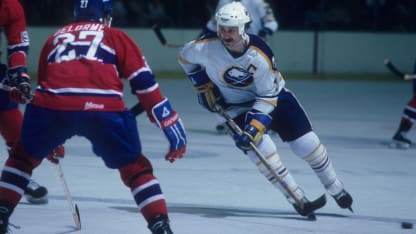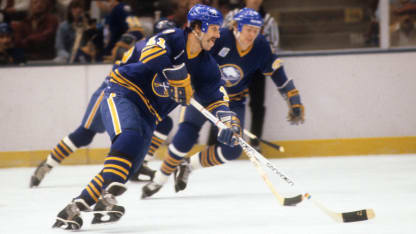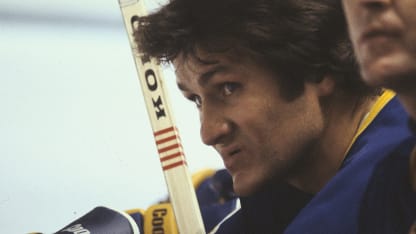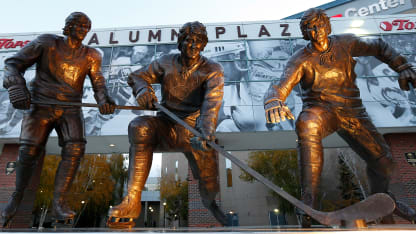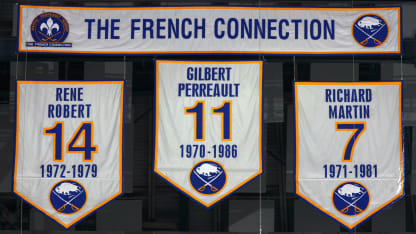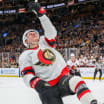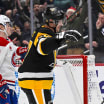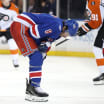"He had the build of a truck driver, and the deft, quick moves of a man half his size," Brewitt said. "He had skating power and the knowledge of when to spurt forward, plus the confidence that belied the few seasons of play behind him. His stick-handling was a sight to behold, and few of the defensemen he faced would be fortunate to see more than a fleeting glimpse as Perreault snaked by them with a dizzying series of moves. He had the ability to turn games around, to grab a team and lift it out of a losing situation."
Perreault was born on Nov. 13, 1950 in Victoriaville, Quebec, and, like other kids, he'd play for hours on the local outdoor rinks.
Playing pee wee from the time he was eight, Perreault became one of Quebec's top youngsters, along with a pair of budding superstars who were a year younger, Guy Lafleur of Thurso and Marcel Dionne of Drummondville, and they often competed against each other in youth tournaments.
In 1967, Perreault joined the Montreal Junior Canadiens of the Ontario Hockey Association at a time when their popularity in town rivaled the NHL's Canadiens. In his second season, Perreault blossomed into an OHA First Team All-Star and the talented Baby Habs, which included future NHL players Rejean Houle, Andre "Moose" Dupont and future Sabres teammates Richard Martin and Jocelyn Guevremont, won the Memorial Cup. In 1969-70, they defended their title as Perreault became the club's centerpiece. With 51 goals and 70 assists, he finished second to Dionne in league scoring but was named league MVP.
